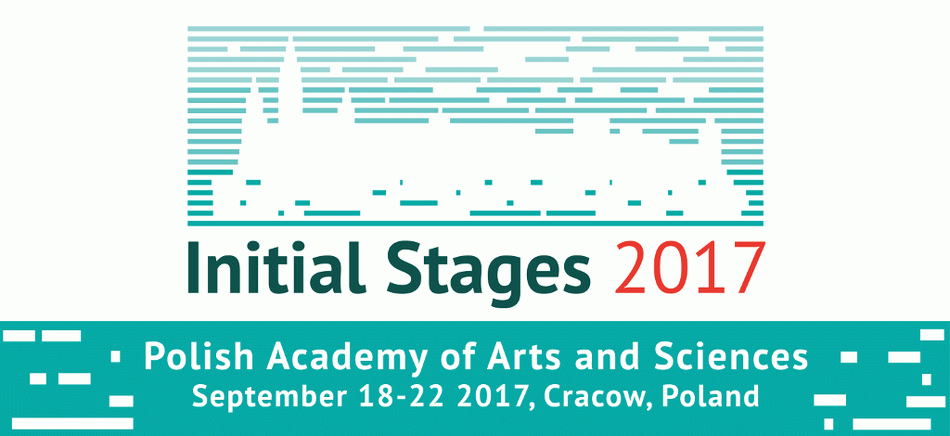Conveners
CGC / Vorticity
- Francesco Becattini (Unversity of Florence)
Description
6 seminars, 20 min. each
Hamiltonian perturbation theory in the light-cone form (LCPT) has become a standard tool in understanding hadronic scattering processes within a first principles QCD approach. The calculational inconvenience of LCPT compared to standard covariant perturbation theory is balanced by several features that make its physical interpretation more transparent. Due to the more complicated mathematical...
We compute the angular momentum and flow carried by the system of classical gluon fields of colliding color charges, in an attempt to study the initial angular momentum and vorticity in high energy nuclear collisions. We discuss how to match our results to viscous fluid dynamics in order to conserve angular momentum. We show results for the subsequent evolution of the fluid system. Partly...
In hydrodynamic approach to heavy ion collisions, hadrons with nonzero spin produced out of the fluid can acquire polarization via spin-vorticity thermodynamic coupling mechanism [1]. The hydrodynamical quantity steering the polarization is the thermal vorticity, that is minus the antisymmetric part of the gradient of four-temperature field $\beta^\mu = u^\mu/T$.
Based on this idea, it has...
We present a general framework for studying the angular anisotropy
of dileptons produced from polarized virtual photons in relativistic
heavy-ion collisions. The spin-anisotropy coefficients
characterizing the angular distribution of the dilepton final state
are introduced and their dependence on the medium evolution via flow
velocity and temperature profiles is obtained.
We illustrate...
Our presentation will be based on our recent paper [1].
We construct a new, simple model of the heavy ion collision, local in the impact parameter plane, and appropriate for the SPS energy range. This model can be regarded as a new realization of the ``fire-streak'' approach, originally applied to studies of lower energy nucleus-nucleus reactions.
Starting from local energy and momentum...
